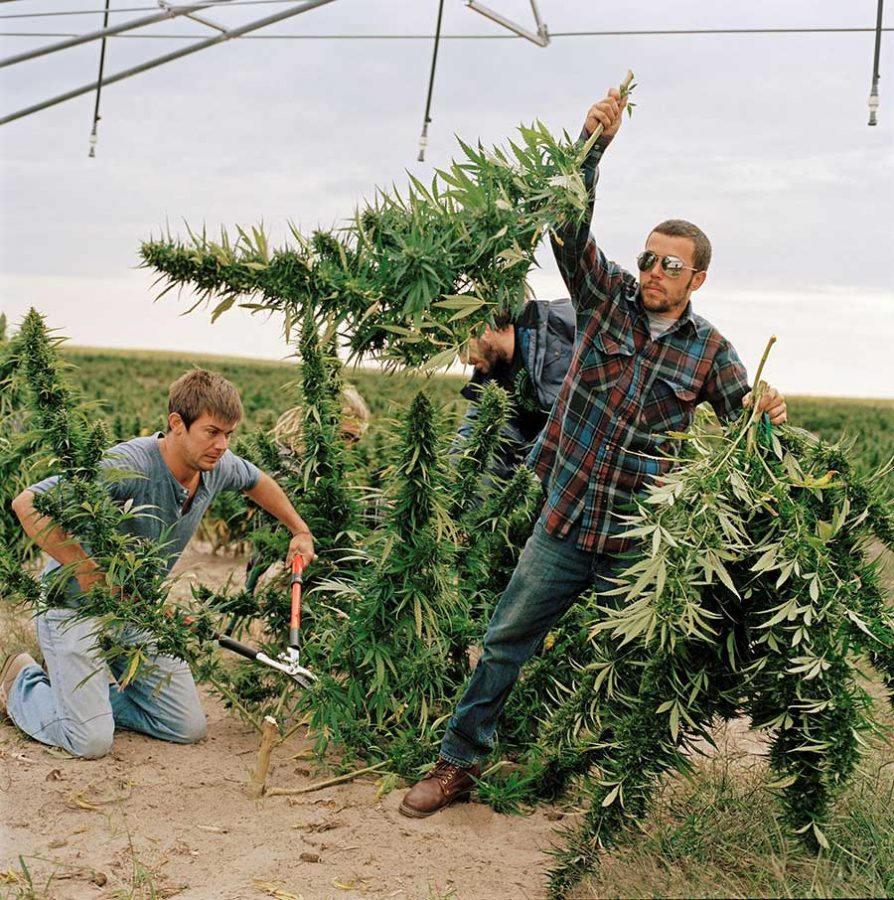Facing hard times, Vermont’s dairy farms begin to diversify
A piece of the diversification puzzle
Editor’s note: This is the second in a six-part series.
As the dairy industry plunges further into crisis locally and nationwide, an alarming trend has begun to develop. According to the Centers for Disease Control and Prevention, farmers are responsible for more suicides than any other occupation with a rate twice as high as that of military veterans. While suicides tend to increase during times of economic strife, these statistics prove it is time for industry to get creative to save dairy farmers and their farms.
So, what can be done? Many farms are transitioning from dairy to the cultivation of other products like vegetables and meat. But within the last decade, more unique and lucrative options have risen out of the desperate landscape.
One alternative that has recently begun to gain steam is Cow Power, in which farmers use cow manure to generate electricity. This is done by storing about three weeks of manure in an anaerobic digester the size of an average swimming pool. While inside the digester, the manure is broken down by heat and microbes to create methane, which then can be used to power methane-specific generators.
While Cow Power isn’t a new idea, Vermont’s utilization of it is unlike anywhere else in the country. Green Mountain Power in Rutland established the nation’s first Cow Power Program in the early 2000’s and now uses it to provide more than electricity to over 2,500 clients. The average farm can produce anywhere from 175 to 200 kilowatts per hour of electricity and generate an extra $20,000 to $30,000 of revenue per month.
Aside from the extra income, Cow Power provides several other benefits, especially environmentally. It is a renewable energy resource, one which is actually superior to solar and wind because it doesn’t rely on weather conditions and thus can produce electricity 24 hours a day, seven days a week. Additionally, it improves air and water quality and reduces odor.
The most significant obstacle preventing Cow Power from becoming mainstream is the installation cost technology. In order for Green Mountain Power to convince local farms to join the program, they partnered with Killington Mountain Resort and Ski Area and Vermont Hard Cider Company to help the farmer’s incoming revenue stay consistent. Both companies have become increasingly reliant on the renewable energy. In addition, the government provides tax incentives and grants to farms who wish to convert their manure into money.
As beneficial as Cow Power can and has proven to be for some farms, for others, it just simply isn’t lucrative enough to preserve them. But the recent legalization of marijuana in Vermont has created new opportunities for dairy farmers that can be accessed through several different avenues. The latest statistics from New Frontier Data projects the legal cannabis market to increase to $24.1 billion by 2025, and our farmers need to adapt and tap into that industry.
The simplest and most logical way is through the cannabis-infused edibles sector. In 2017, 10 percent of California’s marijuana sales came from edibles, which totaled $180 million. While smaller states where marijuana is legal, edibles accounted for nearly 60 percent of the revenue. Granted, dispensaries are still restricted to medical patients only in Vermont, it’s just a matter of when, not if, the government opens them up for commercial sales and starts raking in the tax money.
For dairy farms to reap the rewards of legal marijuana in this method, they either must start making deals with edible companies as they become established in the state or make their own THC products. The majority of cannabis-infused edibles are either baked goods or candies, both of which are comprised of dairy products like butter, milk and cheese. This makes dairy farming and the edibles industry a natural fit.
The other potential path of profit for dairy farmers via marijuana is converting their property to be able grow the plant. But current laws make that unrealistic, especially for the farms that are barely surviving. However, converting to growing hemp, marijuana’s THC-free sister plant, is a very realistic proposal. Since hemp doesn’t contain THC, the plant cannot get you high. Yet it still contains many profitable properties. Hemp fibers can be used to make clothes, rope and paper, while its oils are integral for making CBD oils.
Currently, Vermont has 150 registered hemp farms that span 1,200 acres and those numbers are on the rise, as a couple new farms register each week. The only thing holding back hemp from becoming a prominent cash crop is that it is absurdly still listed as a controlled substance, despite not having any recreational purposes. Fortunately, the next Farm Bill will likely change that.
“People willing to invest in infrastructure have been hesitant, so I think if you did see this lifted off the Schedule I list we would see some of that infrastructure being installed in the state and it would add a value-added crop for any farmer,” said Cary Giguere, the agrichemical management chief for the Vermont Agency of Agriculture.
“For example, if they’re in dairy and they can plant 15-20 acres, sell it to a hemp company and possibly help them become more viable,” said Vermont Agriculture Secretary Anson Tebbetts.
Because these options require extreme changes and commitment from prospective dairy farms, they won’t save them all. But they absolutely have the potential to stabilize the industries decline. If the government is truly serious about solving this crisis, they must increase financial support of Cow Power, remove hemp from the controlled substances list and legalize commercial sales of marijuana in Vermont. Otherwise, the solutions will never be able to flourish and the dairy downfall will only continue.






